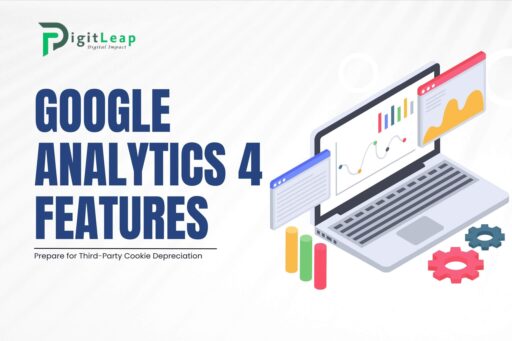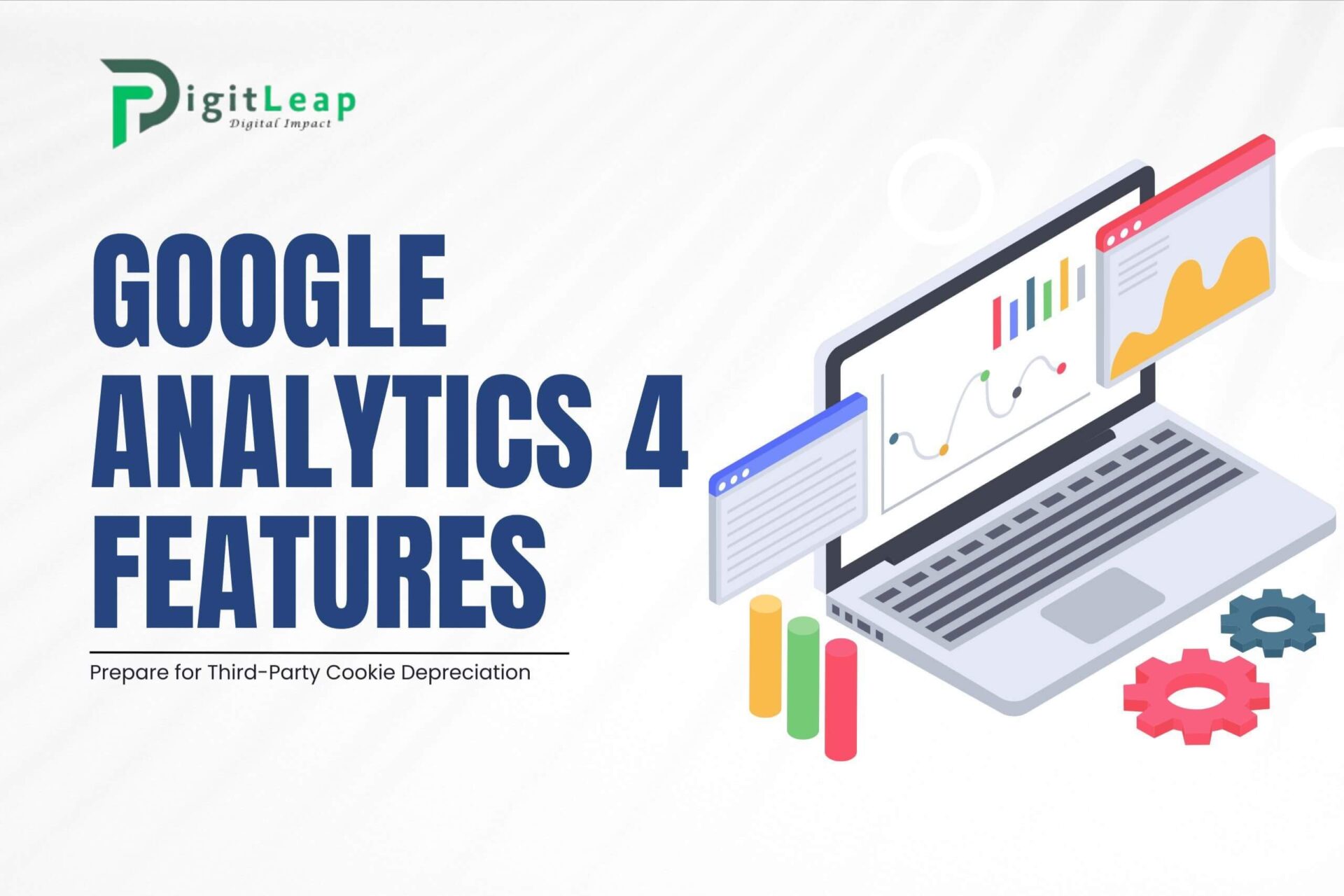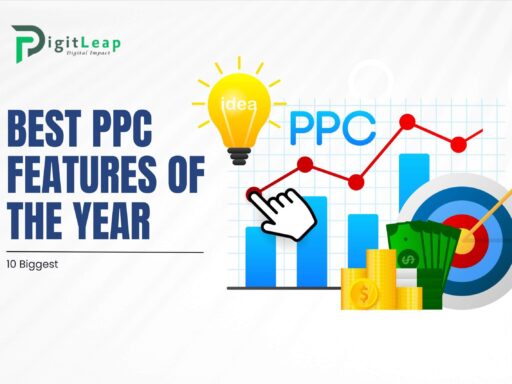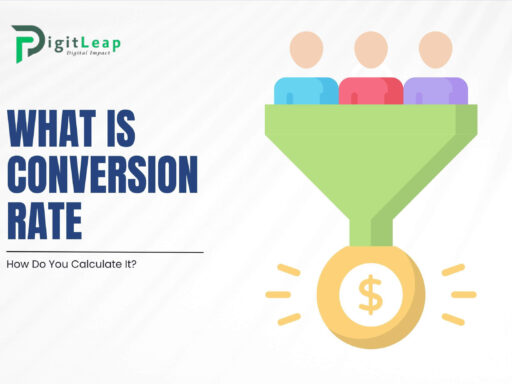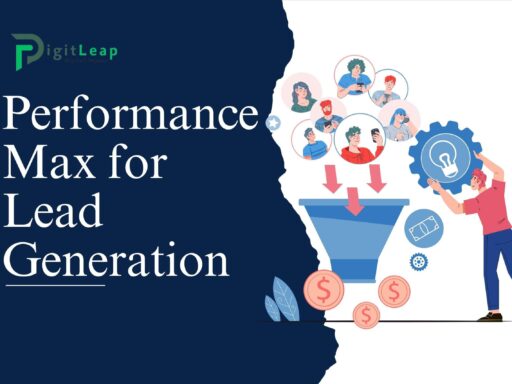Google Analytics 4 Features to Prepare for Third-Party Cookie Depreciation
The world of digital marketing is about to face a significant shift. With the depreciation of third-party cookies, marketers and businesses are looking for new ways to collect and analyze data effectively. This is where Google Analytics 4 (GA4) steps in, offering a fresh approach to tracking user behavior while respecting privacy regulations. GA4 is packed with features that are designed to help businesses navigate a cookieless future.
Let’s dive into the key features of Google Analytics 4 that will help your business prepare for this big change.
1. Event-Based Data Model
Unlike its predecessor (Universal Analytics), which relied heavily on sessions and page views, Google Analytics 4 uses an event-based data model. This shift allows businesses to track every interaction users have with their website or app as an event. Whether it’s a button click, a page scroll, or a video play, each action can be captured and analyzed.
This flexibility is crucial in a cookieless world because it gives you a clearer understanding of how users engage with your website without relying on cookies to string together session data. By focusing on events rather than sessions, GA4 can track user behavior more holistically.
2. Privacy-Centric Data Collection
One of the standout features of GA4 is its commitment to privacy. With third-party cookies going away and strict regulations like the GDPR and CCPA, Google Analytics 4 is built to respect user privacy while still providing valuable insights. GA4 collects data in a way that prioritizes user consent and focuses on first-party data—the information users willingly share with your business.
In addition, GA4 has built-in features that allow you to automatically anonymize IP addresses and control the retention of user data. This helps businesses remain compliant with global privacy laws, which will become even more important as third-party cookies fade out.
3. Enhanced Machine Learning and AI Features
Google Analytics 4 brings machine learning and artificial intelligence (AI) to the forefront of data analysis. Since third-party cookie depreciation will make it harder to track individual users, GA4 leverages AI to fill in the gaps. This means that GA4 can generate insights and predictions based on the data it does collect, helping businesses understand trends and user behaviors even without cookies.
One powerful feature is predictive metrics, which can help you anticipate future actions users might take. For example, GA4 can predict the likelihood of a user making a purchase or the probability of churn, allowing businesses to make data-driven decisions proactively.
4. Cross-Platform Tracking
With users frequently jumping between devices—mobile phones, tablets, and desktops—it’s becoming harder to track them accurately. Third-party cookies used to help stitch together user journeys across different devices, but with their depreciation, this will no longer be possible. Fortunately, GA4 offers cross-platform tracking by default, making it easier to track users across multiple devices and touchpoints.
This feature allows businesses to see the complete customer journey, from the moment a user visits the website on their phone to when they complete a purchase on their desktop. With Google Signals and User-ID tracking, GA4 can create a unified user experience, even in a cookieless world.
5. Integration with Google Ads
Another key feature of GA4 is its seamless integration with Google Ads. As third-party cookies disappear, advertisers will need new ways to target users effectively. GA4 helps by providing first-party data and insights that can be used to optimize ad campaigns.
By linking your Google Ads account with GA4, you can track how users interact with your ads across various platforms. This data can be used to refine targeting, improve ad performance, and optimize budgets. With GA4, you can still create custom audiences and target users based on their interactions, even without relying on third-party cookies.
6. Deeper Customer Insights with Life Cycle Reports
Google Analytics 4 introduces life cycle reports, which give businesses a better understanding of the customer journey from start to finish. These reports are organized into four key sections: acquisition, engagement, monetization, and retention. This structure provides businesses with deeper insights into how users are discovering, interacting with, and returning to their site or app.
Life cycle reports help businesses identify key moments in the customer journey that can be optimized for better performance. For example, by tracking retention rates or engagement patterns, you can fine-tune your marketing strategies to keep users engaged and convert them into loyal customers.
7. Simplified Reporting Interface
One of the challenges marketers often faced with Universal Analytics was its complex reporting interface. Google Analytics 4 simplifies this by offering a more intuitive and user-friendly dashboard. The new design allows businesses to customize reports based on the data they value most.
With exploration reports, users can analyze data in a more dynamic way. You can easily drag and drop dimensions and metrics, visualize trends, and create reports that align with your specific business goals. This level of customization is perfect for businesses looking to get actionable insights quickly, without the need for advanced analytics skills.
8. Predictive Audiences
GA4’s predictive audiences feature is another game-changer in a cookieless world. Predictive audiences use machine learning to segment users based on their likely behavior, such as their likelihood to purchase or churn. These audiences can then be used in ad campaigns to target users who are more likely to convert.
For example, if GA4 predicts that a certain group of users is highly likely to make a purchase in the next seven days, you can target that group with personalized marketing campaigns. This level of prediction and segmentation helps businesses maintain effective advertising strategies even without third-party cookies.
Conclusion
As the digital marketing landscape shifts and third-party cookies are phased out, businesses need to adapt to maintain their competitive edge. Google Analytics 4 offers a suite of features designed to help businesses continue gathering valuable insights and optimizing their marketing strategies in a privacy-first world. From event-based tracking and machine learning to cross-platform tracking and deeper customer insights, GA4 is equipped to handle the challenges of a cookieless future.
At DigitLeap, we understand the importance of staying ahead of the curve. Our team can help you transition to GA4 and ensure that your business is ready for third-party cookie depreciation. Let us guide you through the process and help you make the most of the powerful features Google Analytics 4 has to offer.

